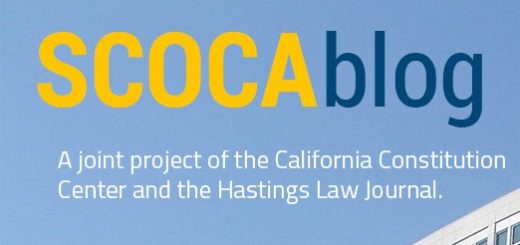SCOCA year in review 2022
Overview In some ways this was a big year for the California Supreme Court, with two retirements and two new justices, which included a chief justice retiring and a new chief justice ascending. It was a small year from another perspective: the court issued the fewest opinions in the past 24 years. In this annual review we move away from past concerns about a Brown-Newsom split. Our past research shows that the appointing governor blocs make little difference on this court, and there is now a plurality: three Browns (Liu, Kruger, Groban), three Newsoms (Guerrero, Jenkins, Evans), and one Schwarzenegger...




